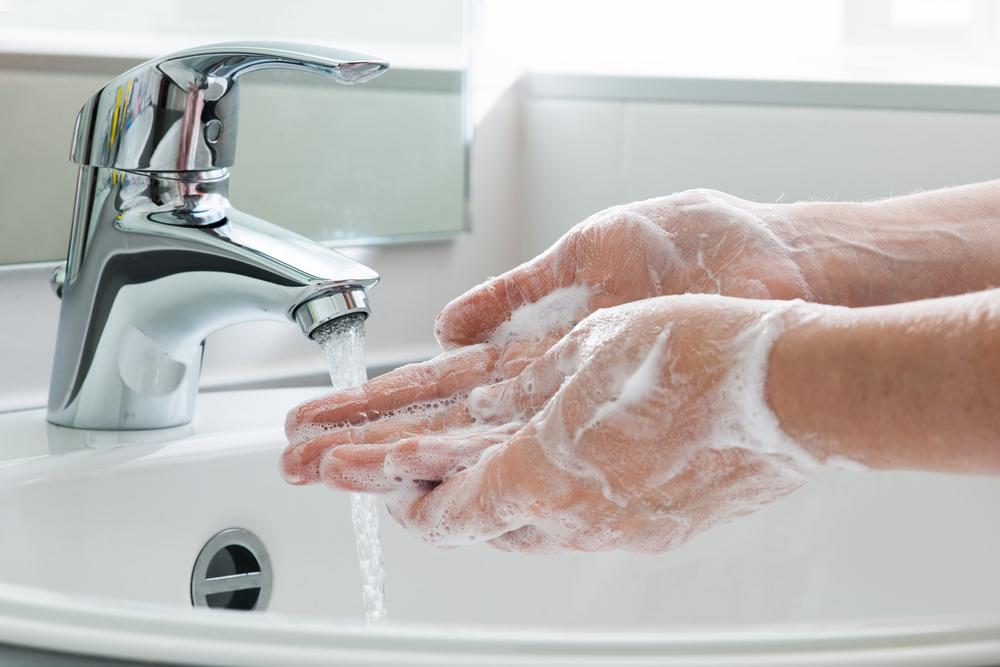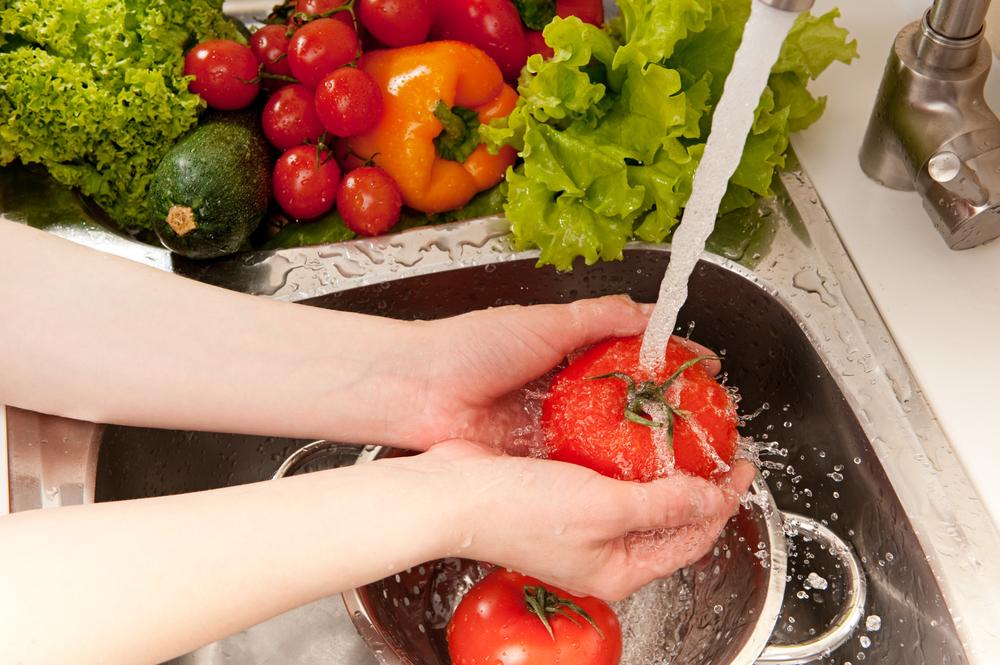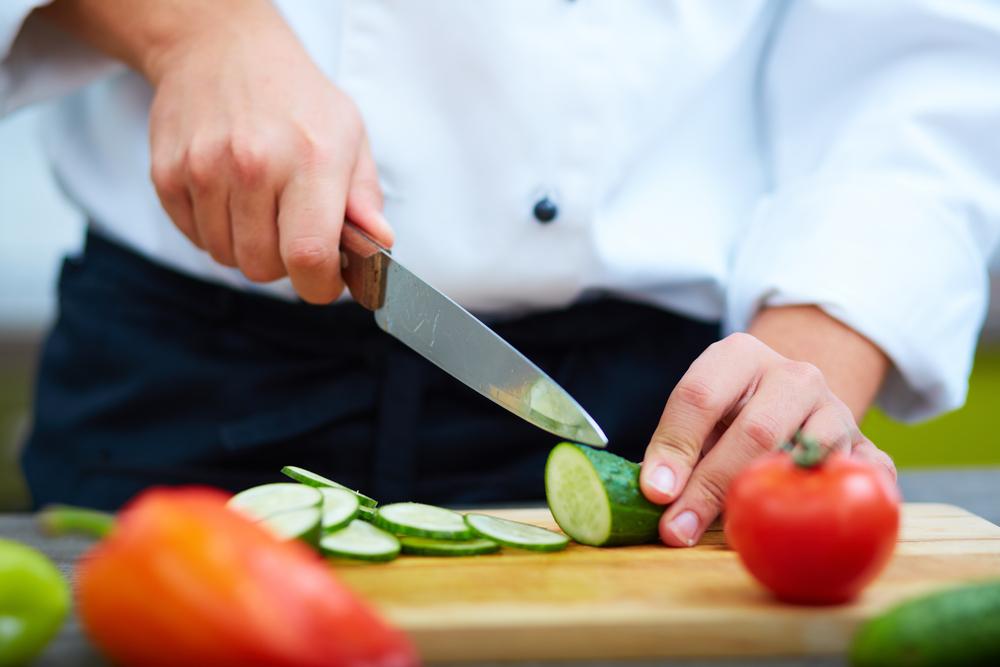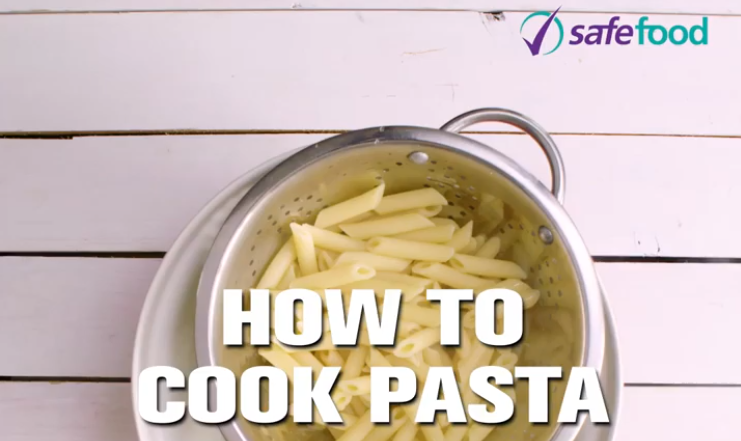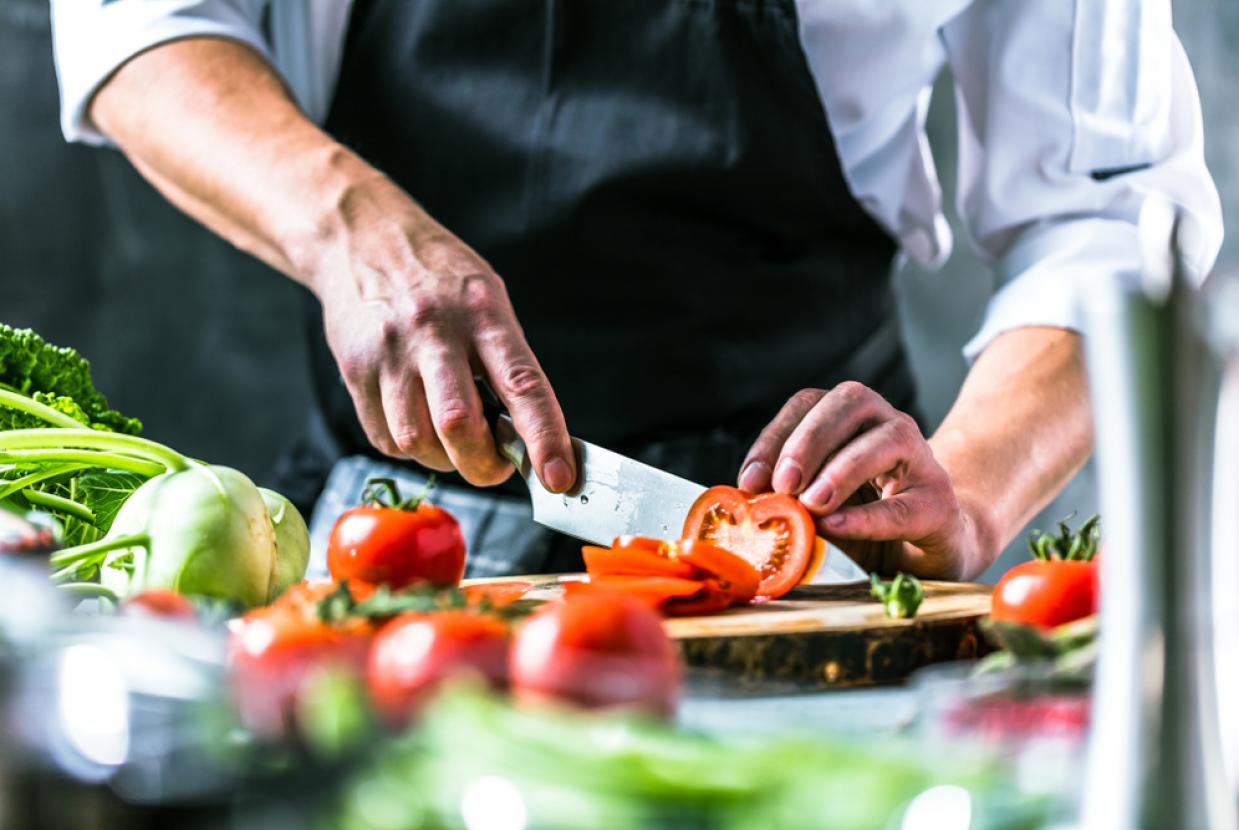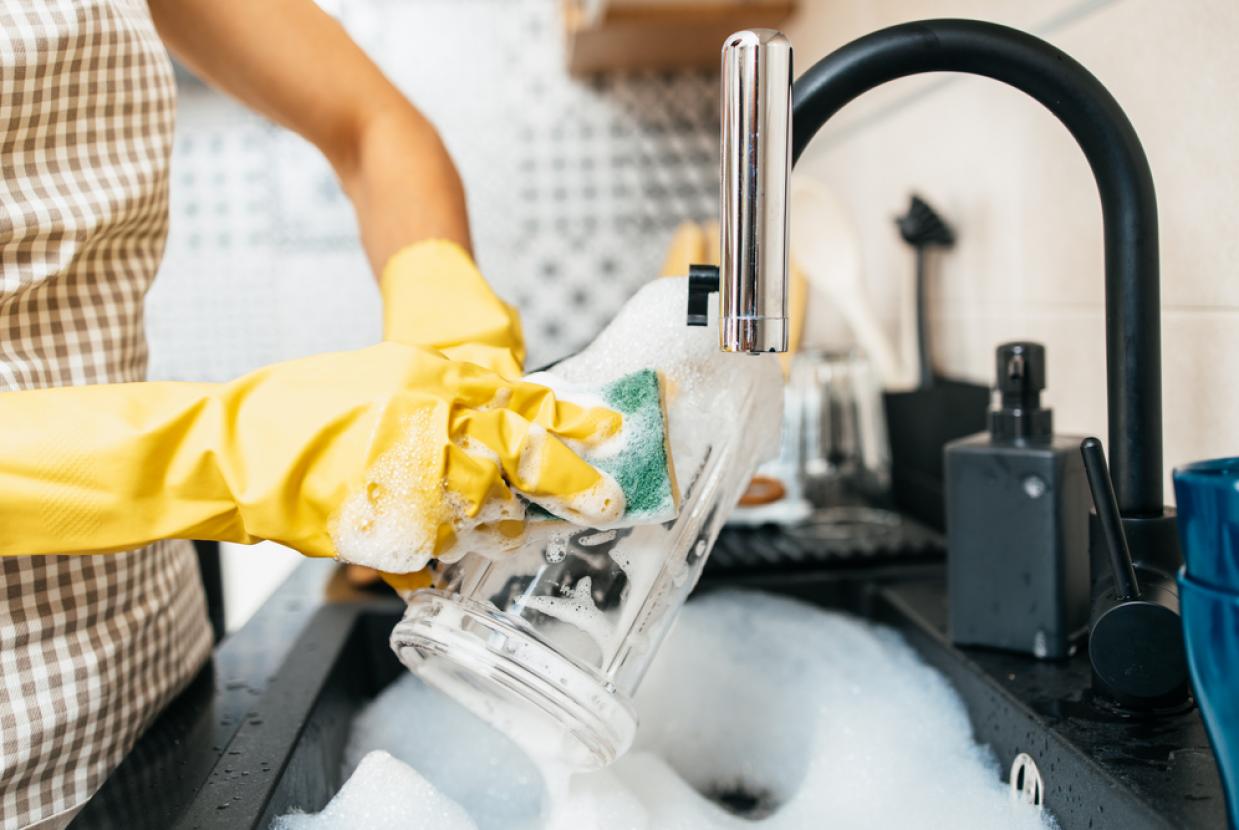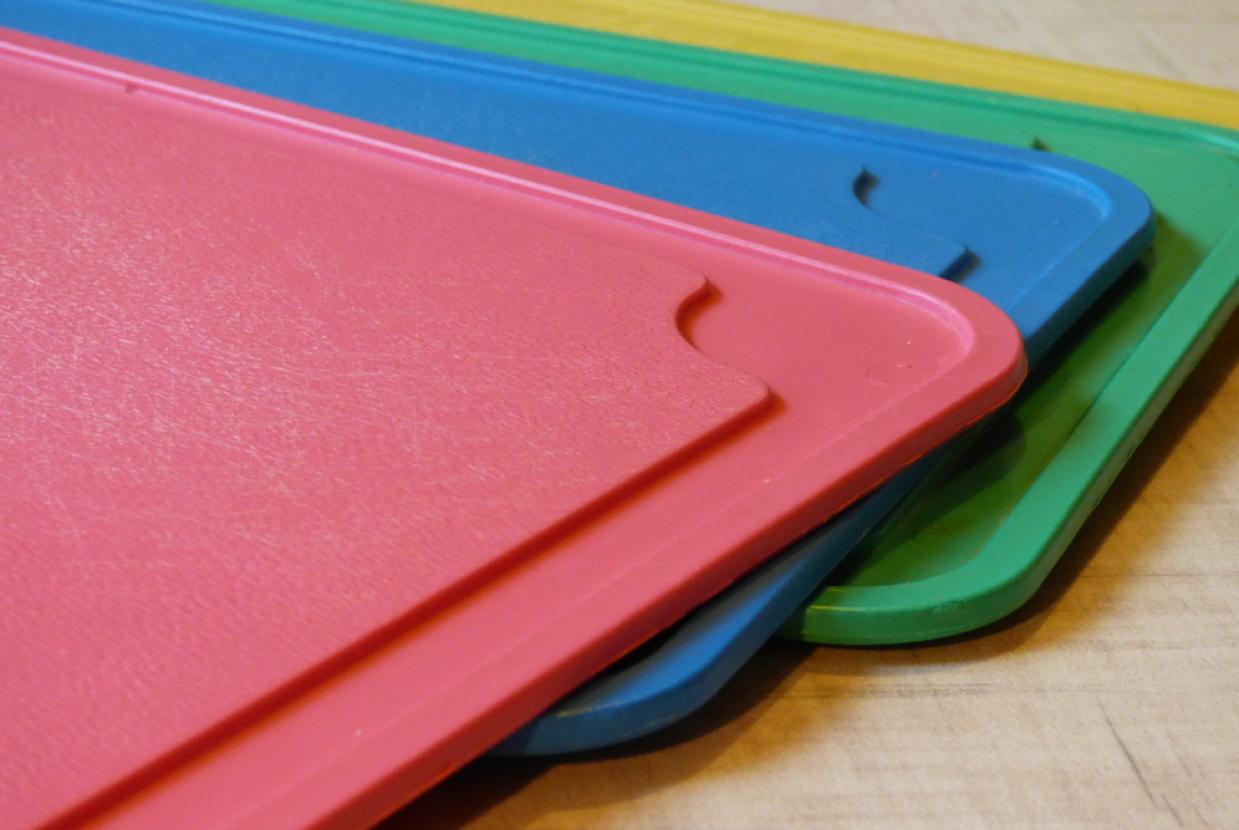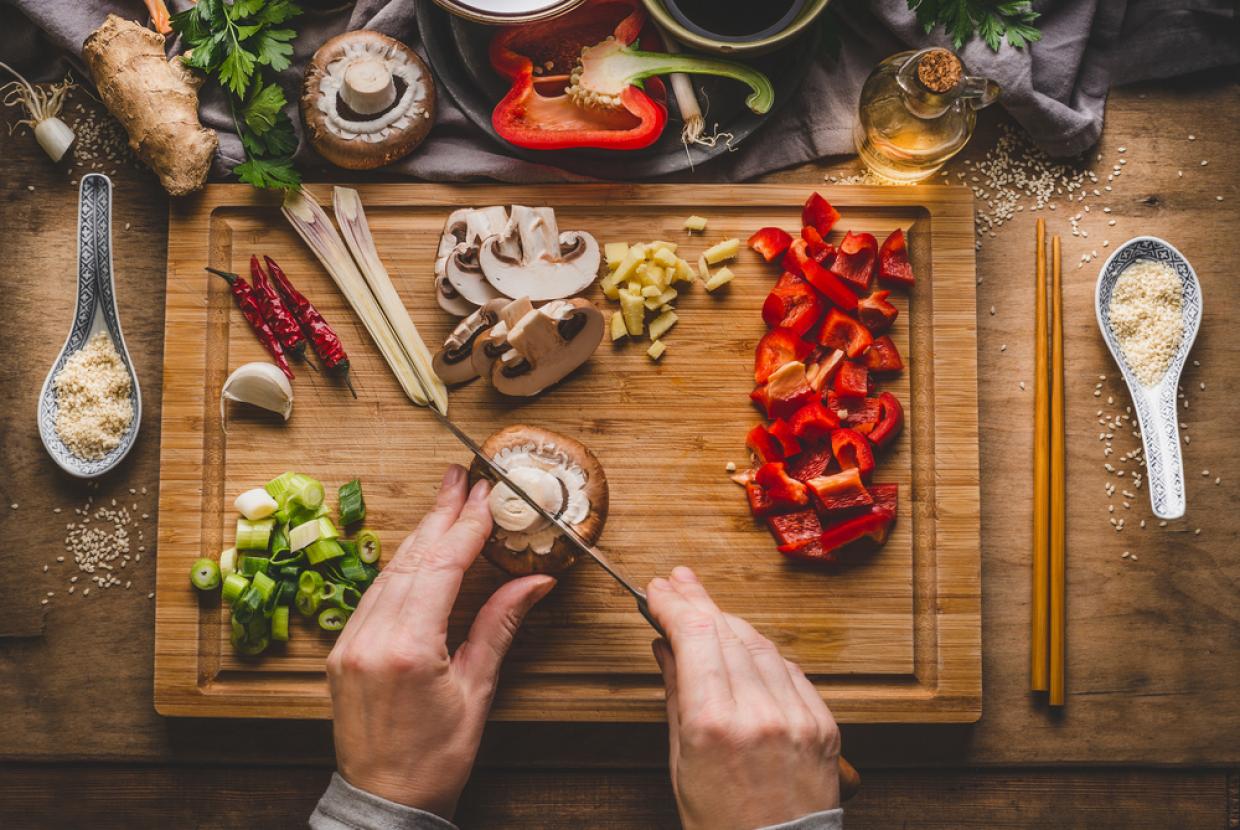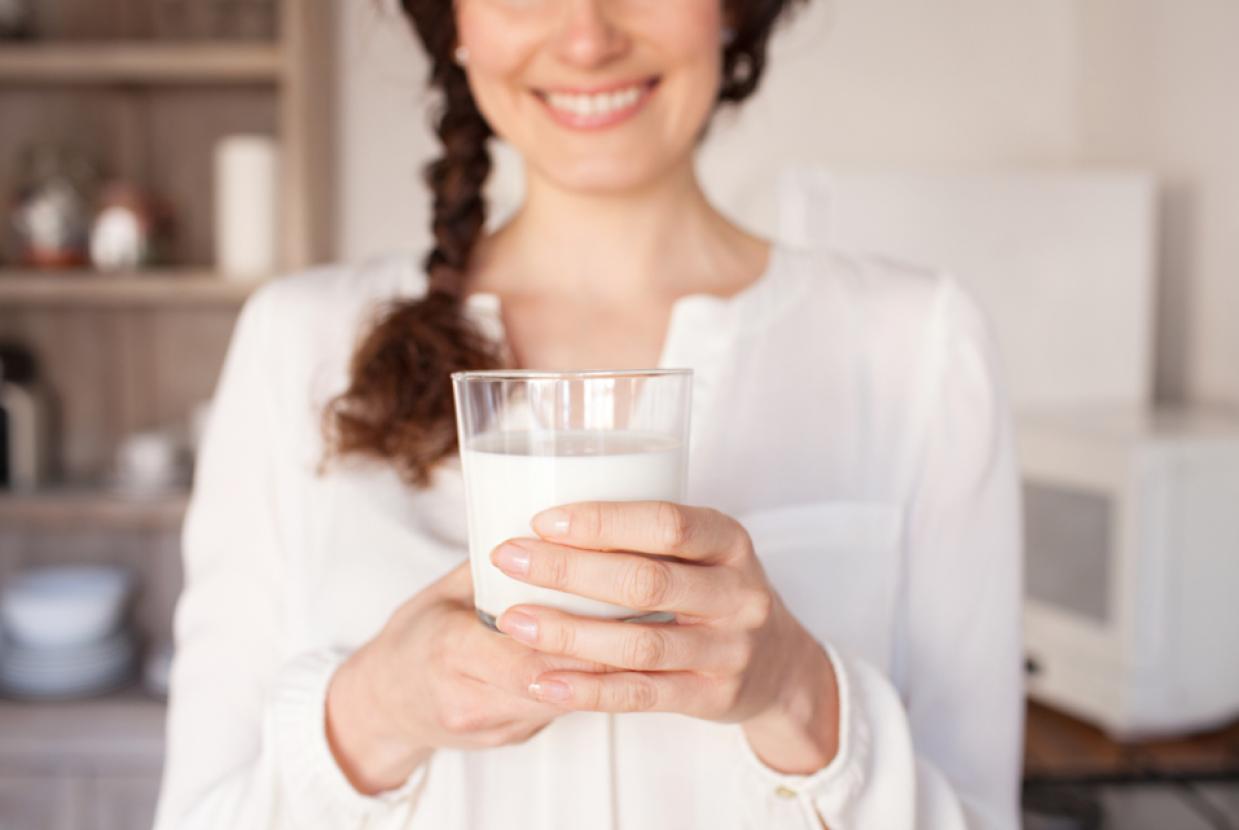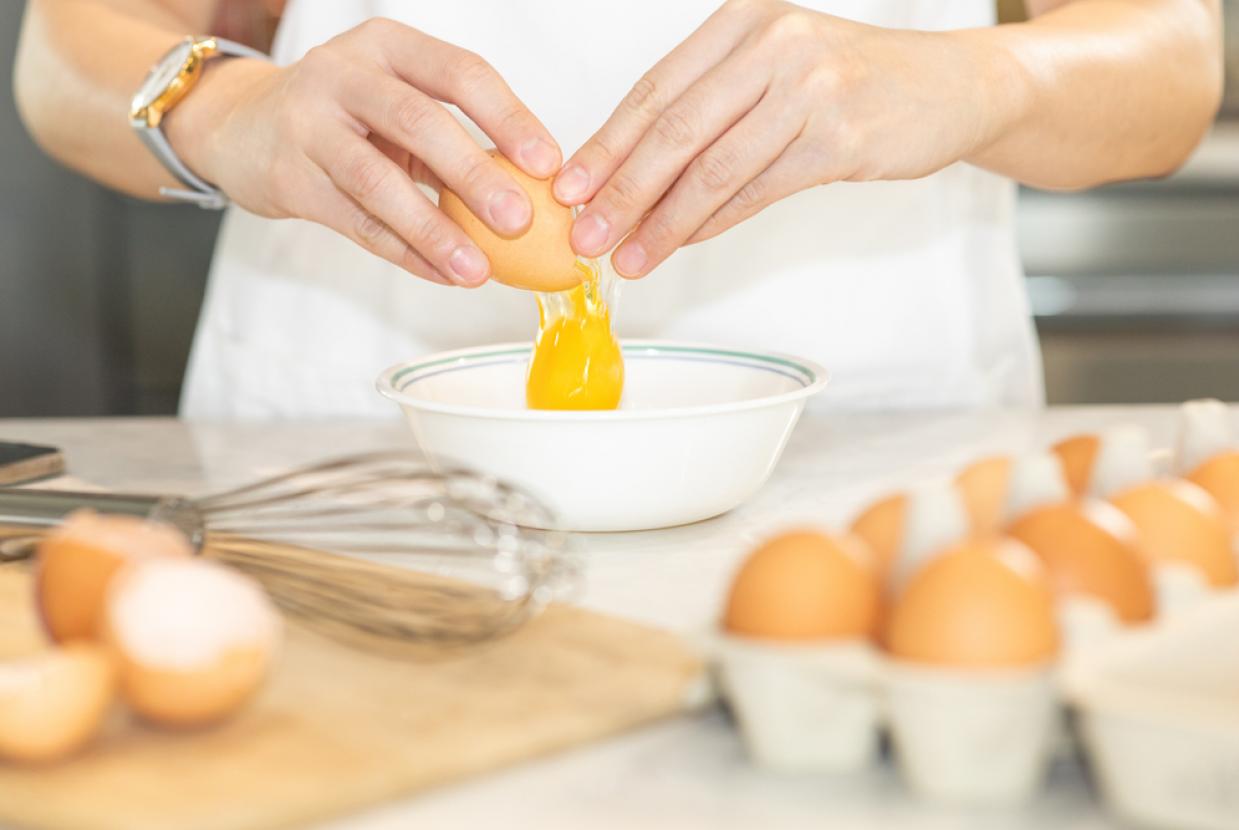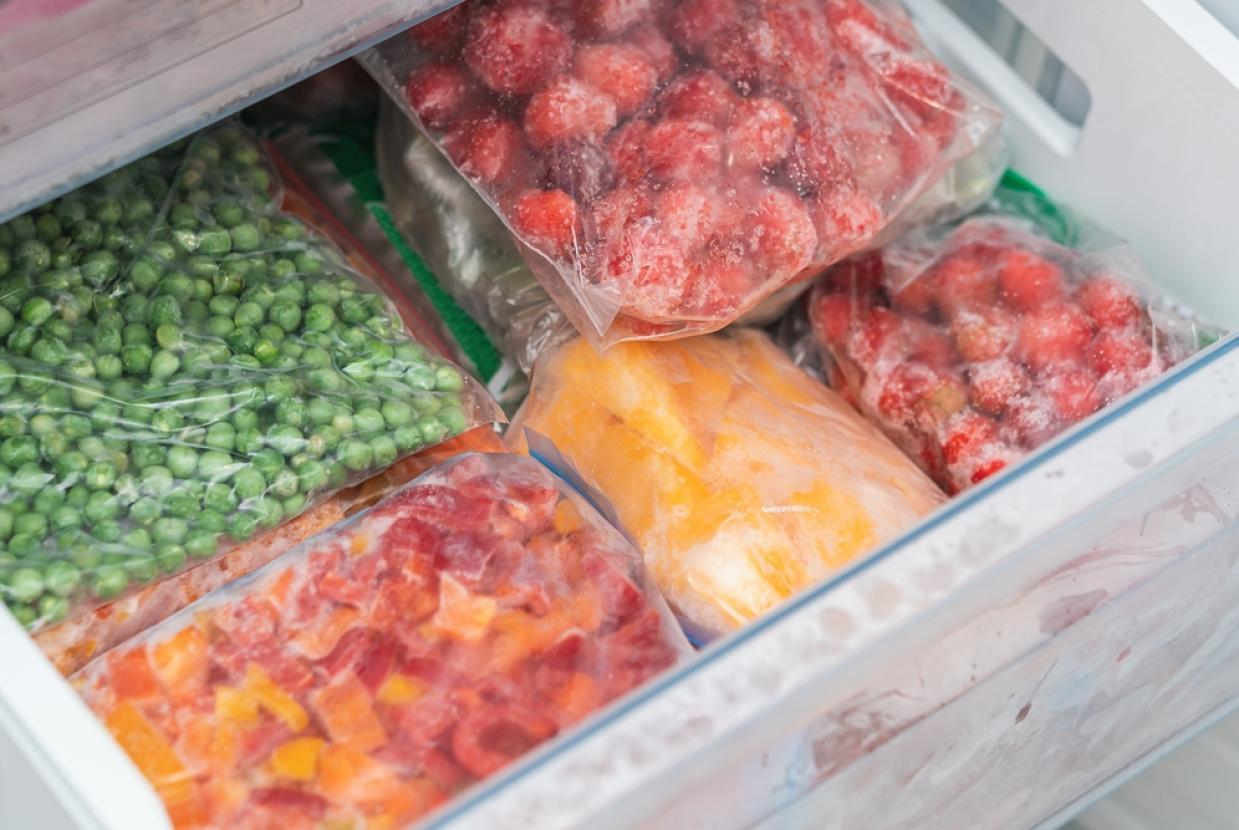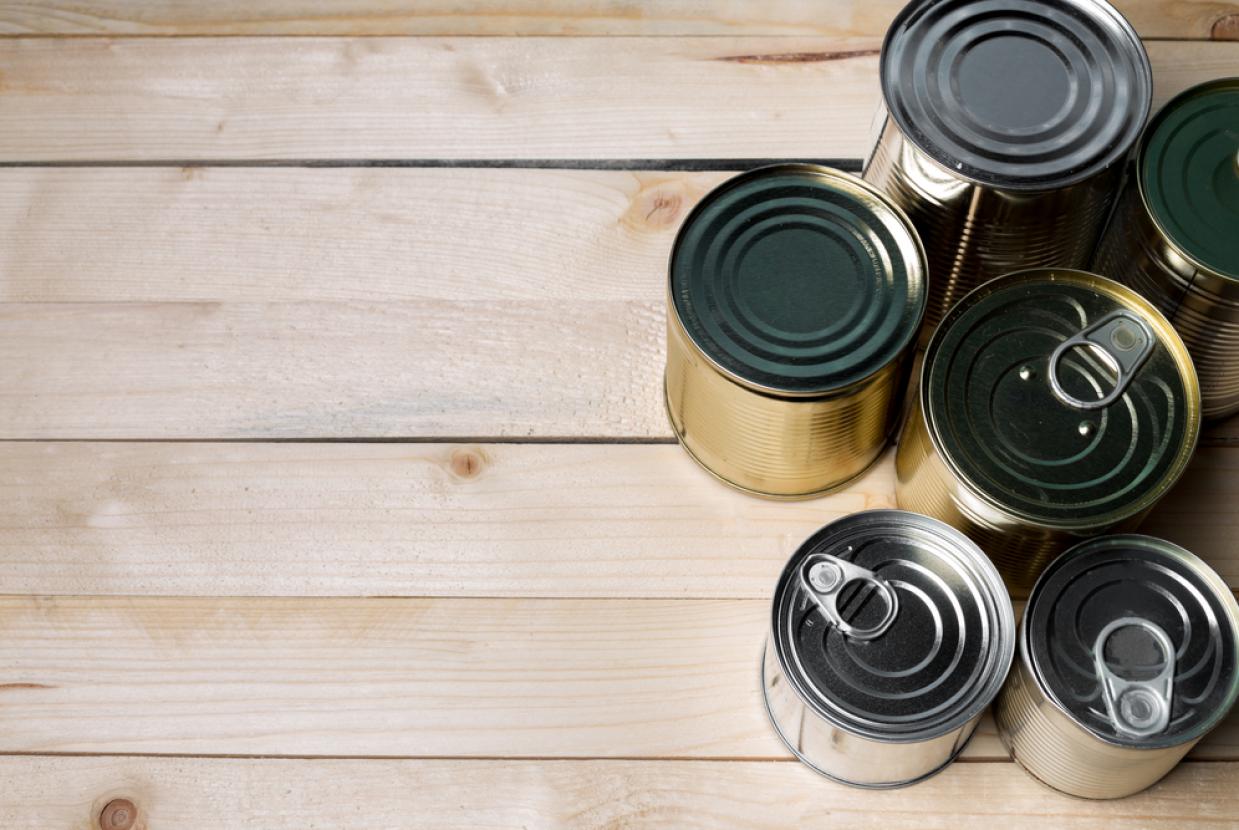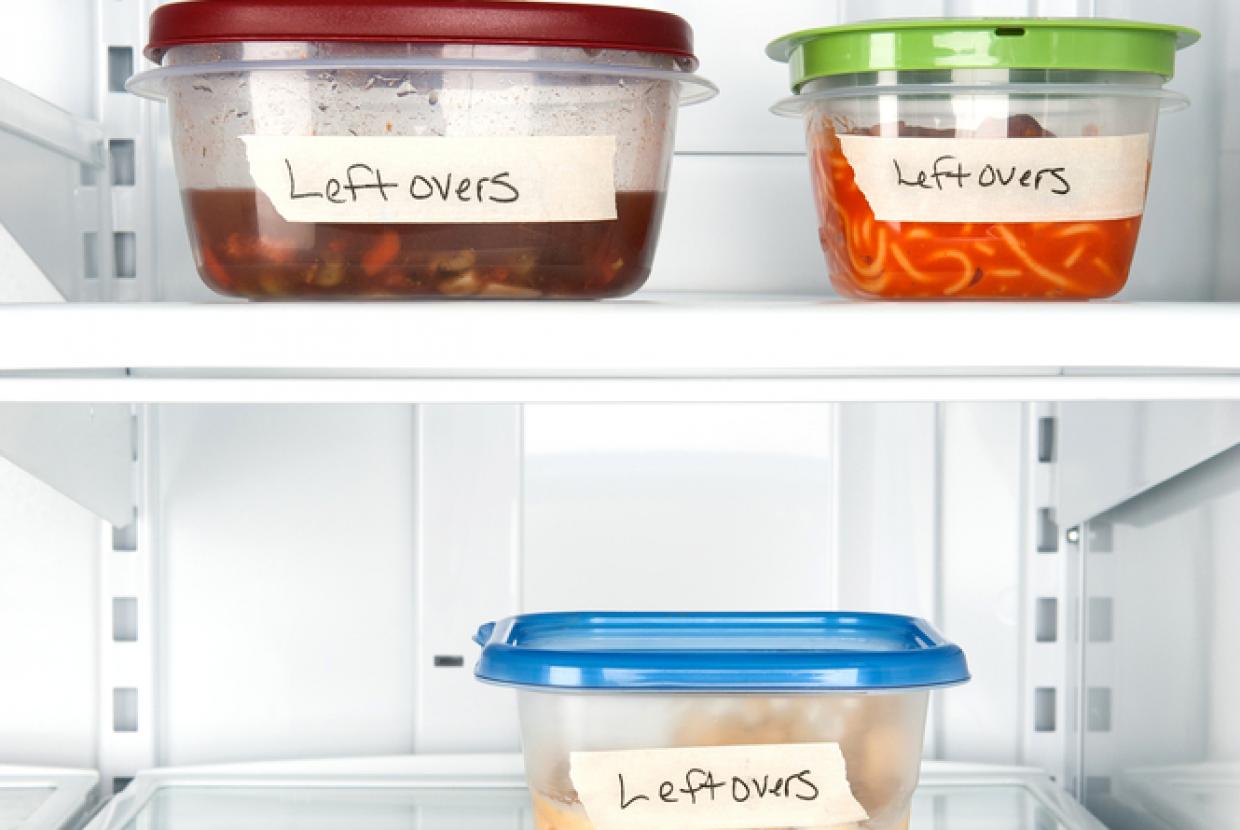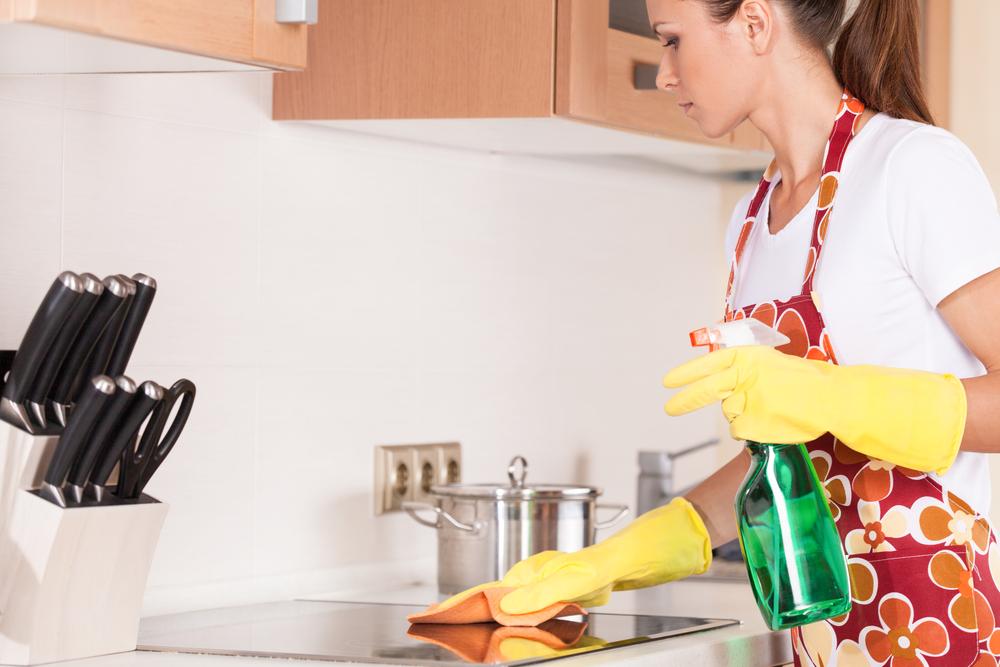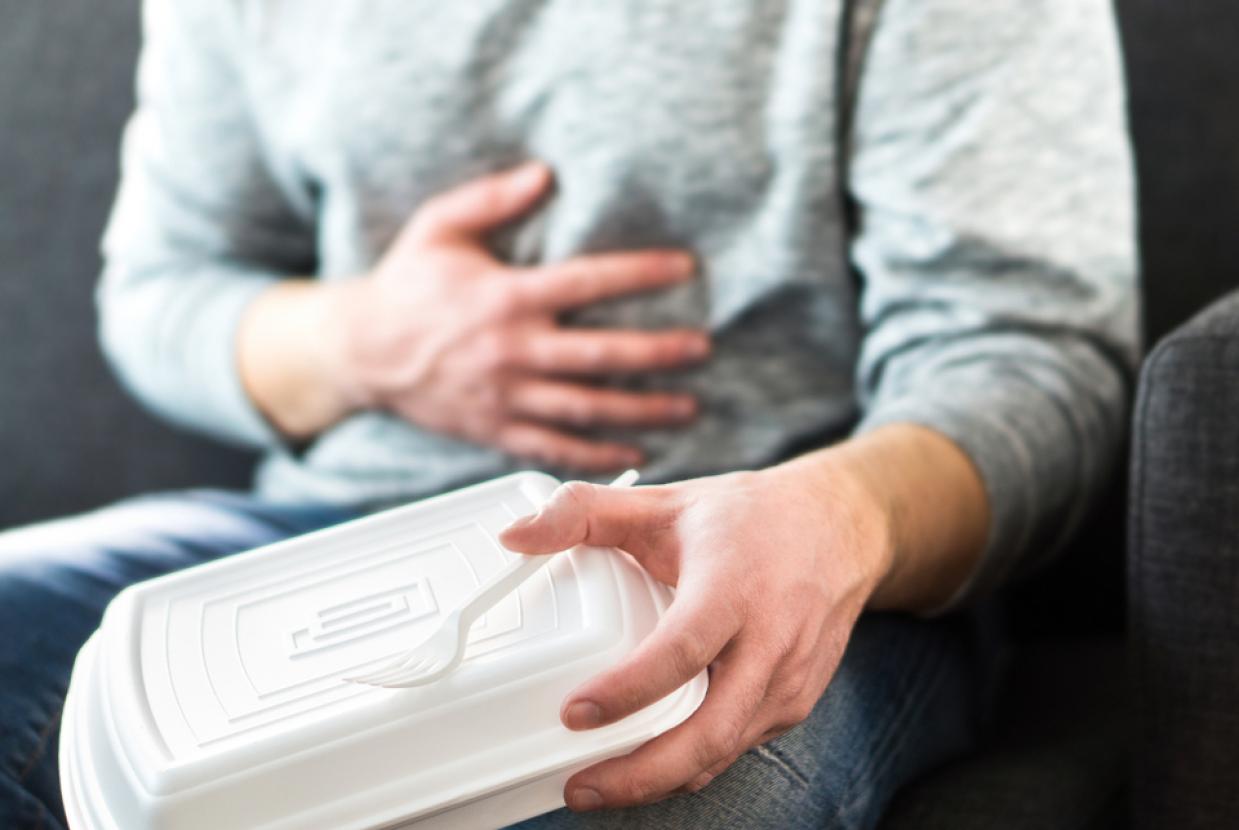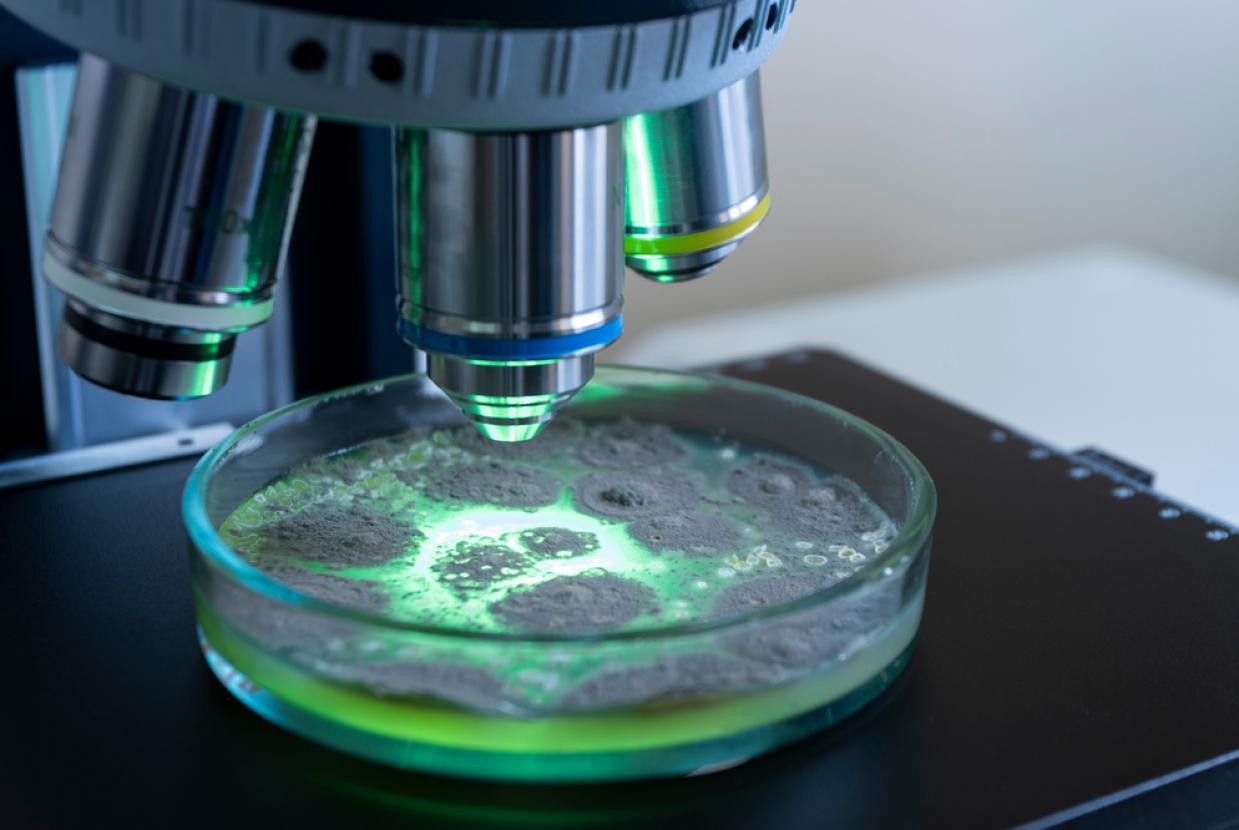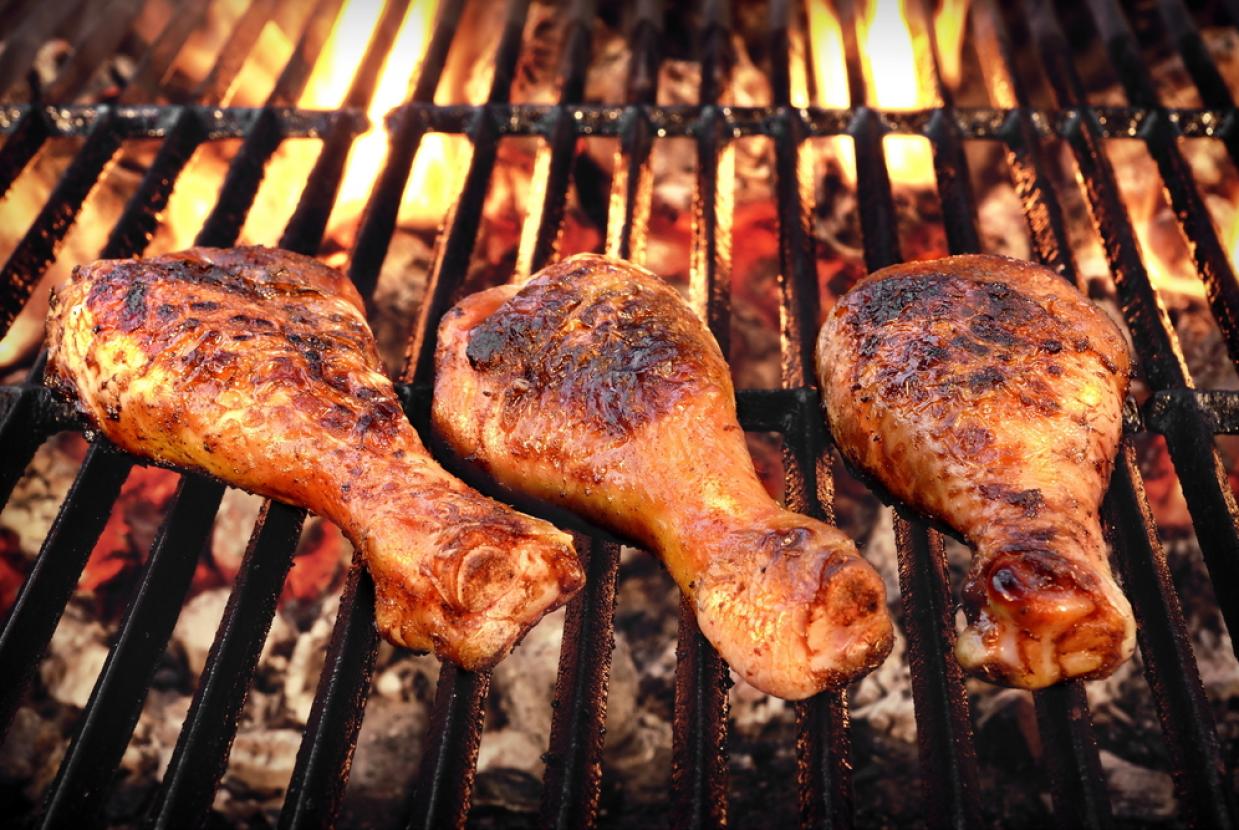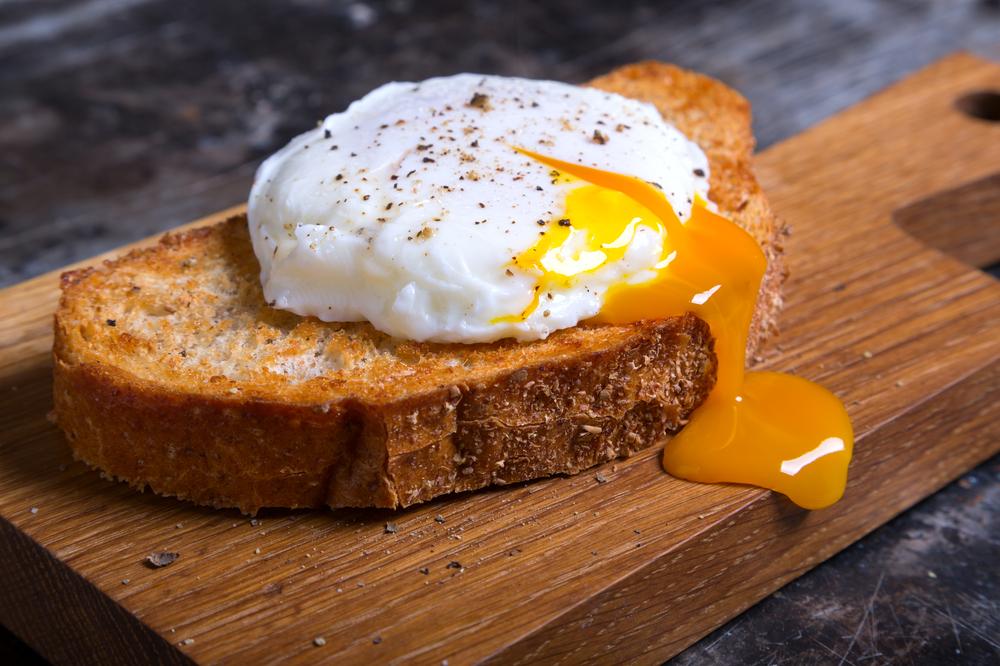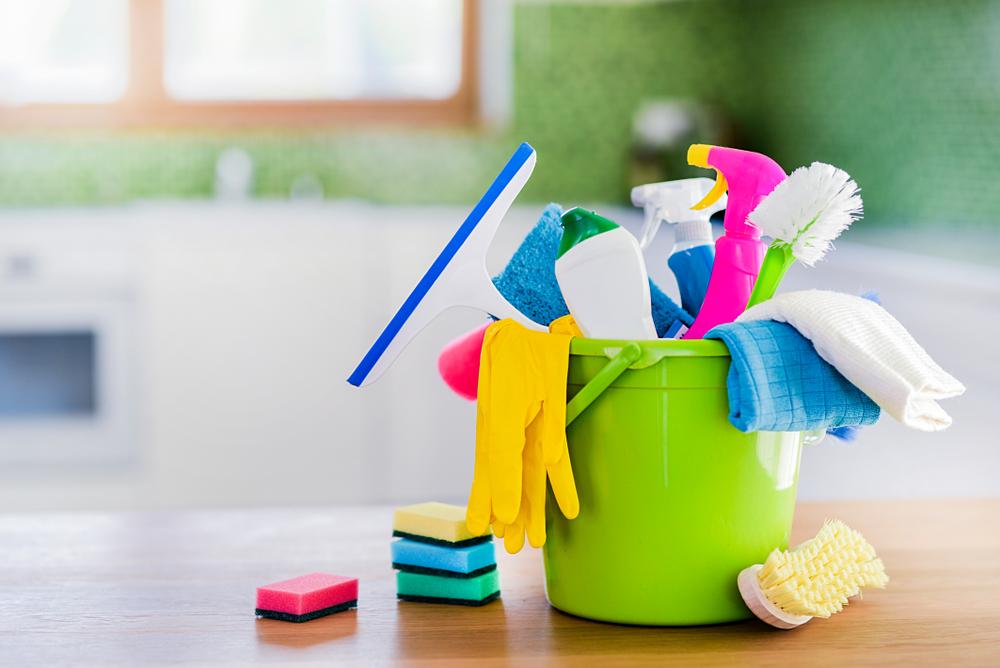Preparing & Cooking A Turkey This Christmas
Food SafetyMany people worry that a turkey is difficult to cook as it can dry out easily. Use our turkey cooking time calculator to make sure your turkey stays moist and juicy, without being under-cooked.
Turkey cooking time calculator
Enter the weight of the turkey and select kilograms or pounds. You will find this information on the label, or you can ask your butcher. Our calculator is suitable for turkeys of 3.3kg and over, and cooked in an electric fan-assisted oven.
Preparing your turkey safely
Turkey, like other poultry, can carry food poisoning bacteria. Proper cooking will kill any bacteria present, but there is a risk of spreading the bacteria when you’re preparing the turkey. Here’s our advice:
- Never wash your turkey as this can spread bacteria around your kitchen through drips, drops and splashes. Most turkeys are oven-ready so they don’t need to be cleaned. If your turkey is not oven ready and you really need to clean it we suggest you just wipe it down with a disposable paper towel. Dispose of the paper towel straight away in the bin.
- Handle your turkey as little as possible - unpack it directly into a roasting tray. Sit the bird on a bed of vegetables, such as carrots, celery and onion. This creates a wonderful base for making gravy and you can keep the cooking juices from the roasting tin to make your gravy – delicious!
- Wash your hands thoroughly - Before and after you handle your turkey, wash your hands with warm soapy water and dry with a clean towel.
The stuffing
We always recommend that you cook your stuffing outside the turkey as it means you can check that both are cooked thoroughly and safely. It also reduces the cooking time of the turkey. If you do stuff your turkey here’s our advice:
- You can stuff either the neck or the cavity of the turkey. Beware of overstuffing - use a maximum of 10% of the weight of the bird in stuffing. For instance, a 5kg turkey should have no more than 500g of stuffing. This will ensure your turkey will cook evenly.
- Stuffed birds need extra cooking time. Make sure to select the “stuffed” button on the turkey cooking time calculator when finding out how long your turkey will take to cook.
- This calculation only applies to birds cooked in electric, fan-assisted ovens. For other oven types, we recommended that you cook your stuffing in a separate oven-proof dish.
- Before serving it's essential you check the stuffing itself is piping hot all the way through.
Cooking your turkey
Cover the breast with strips of bacon or prosciutto to help keep the moisture in and add extra flavour. Then:
- Preheat your oven to 180 degrees
- While the oven is heating, melt a tablespoon of butter in a pan
- Baste the turkey with the melted butter
- Cover the whole turkey loosely with tin foil and place in the hot oven
- Then baste the turkey every hour during the cooking process with the juices coming out of it
- About half an hour before the end of the cooking time, remove the foil to allow the turkey skin to brown and become crisp. If the skin is already brown, keep the foil on the turkey to keep it moist
How to tell when the turkey is done
To prevent Salmonella and Campylobacter food poisoning always check the turkey is cooked thoroughly before serving. If you have used our Turkey cooking time calculator to find out the cooking time for your turkey, remember, even if your oven is at the right temperature, you may need extra cooking time if:
- You have lots of other items in the oven,
- You are opening and closing the oven door often, or
- Your oven is less efficient than average.
The best way to check that your turkey is fully cooked is to use a meat thermometer. The turkey is ready when the temperature of the thickest part of the thigh reaches 75°C instantly - as soon as it is inserted. If you have stuffed the cavity of the turkey, then the centre of the stuffing should also read 75°C.
If you don't have a meat thermometer, pierce the thickest part of the breast meat (between the leg and breast) with a clean fork or skewer and check that you can answer 'yes' to these 3 questions:
- Are the juices running clear?
- Is there no pink meat?
- Is the turkey piping hot all the way through?
If the turkey is stuffed, check that the stuffing itself is piping hot all the way through to the centre.
Let the turkey rest
Don’t rush to carve a stuffed turkey. Always allow it to rest for at least 30 minutes before you serve but not much longer. Cover it loosely with tin foil and then with a couple of tea towels to ensure the bird can rest without losing too much heat. This also allows all the juice to be reabsorbed back into the bird for a moist turkey.
Carve with confidence
A large turkey can be intimidating if you have never cooked one before, so here's how to carve it with confidence:
- Make sure your knife is very sharp.
- Hold the turkey secure with a large fork.
- Cut the skin between the thigh and the breast.
- Bend the thigh outwards, cut through the hip joint, removing whole leg.
- Separate the thigh from the drumstick.
- Cut towards wing, cut through the wing joint.
- Hold the fork against the side of the breast.
- Slice evenly starting at the neck cavity.
- Lift the slices off with the fork and knife.
How to cook a smaller turkey, boned and rolled turkey, or turkey crown
If you are cooking a small turkey, a boned and rolled turkey, or a turkey crown, the oven should be 180°C / 350ºF / Gas Mark 4 and you should allow 20 min per pound (lb) plus 20 minutes. If your butcher is preparing the joint for you, make sure you find out how much the joint weighs when you are buying it.
Do keep in mind that even when ovens are at the right temperature, opening and closing the oven door, or having other items in the oven, may mean you need extra cooking time.
Remember to check that the turkey is properly cooked before serving. If you have a meat thermometer, the thickest part of the turkey should read 75ºC when it is safe to eat. If you do not have a meat thermometer, prick the thickest part of the joint with a skewer and make sure that the juices run clear, the turkey is piping hot the whole way through and there is no pink meat left.
How to cook other types of poultry
Other birds, such as goose and duck, need different cooking times to those of turkey. The oven should always be hotter for duck and goose to melt the fat under the skin. They also need regular basting.
In an oven at 220ºC/425ºF/Gas Mark 7, goose should be cooked for 35 minutes per kg, once the oven has preheated. Duck should be cooked for 45 minutes per kg at 200ºC/400ºF/Gas Mark 6.
These times are based on cooking an unstuffed bird in a preheated oven, and they are only a guide. Always make sure poultry is properly cooked before serving by making sure that there is no pink meat left, it is piping hot all the way through and the juices run clear.











